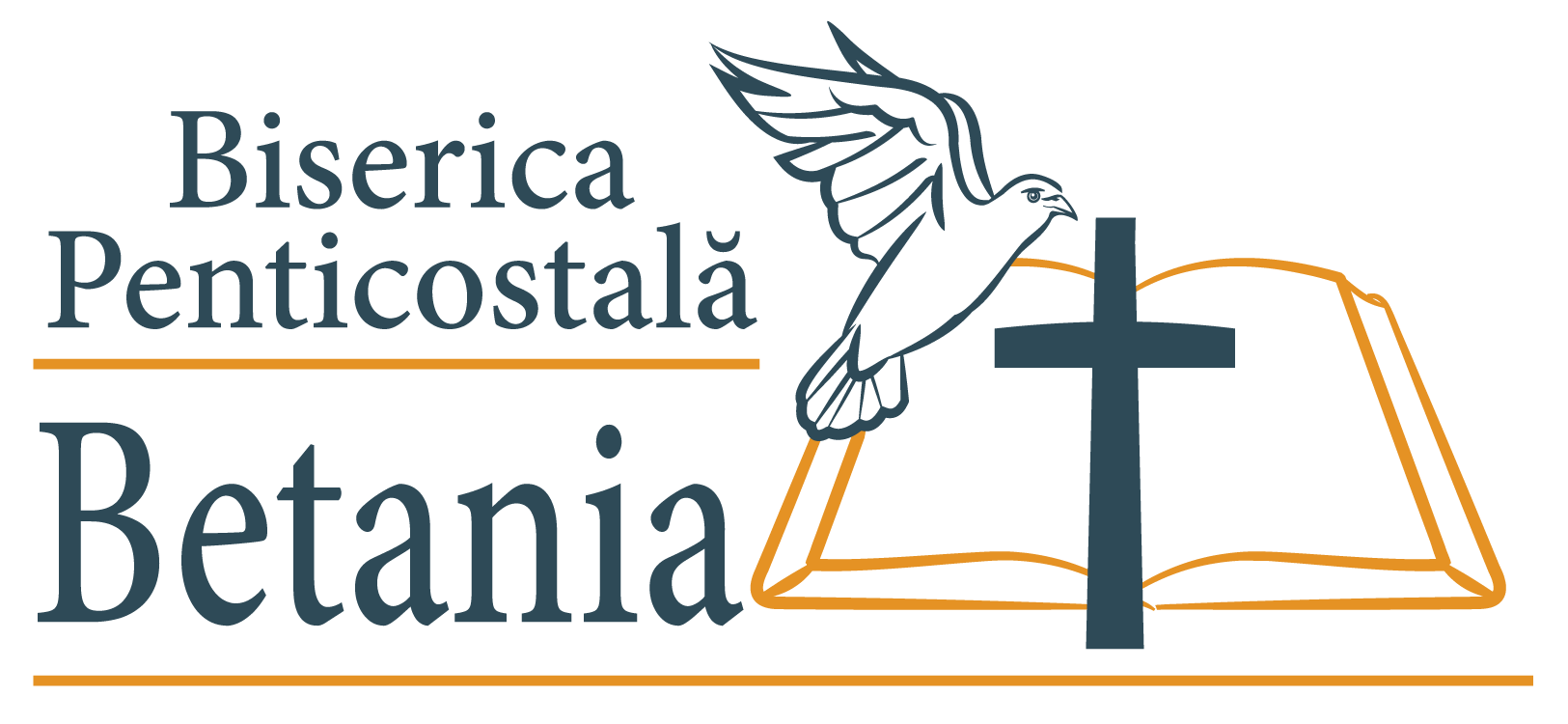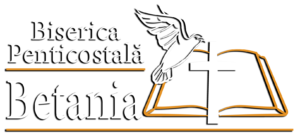7 octombrie
7 octombrie
Marți, 7 octombrie 2025, Ioan 3:1-36
Ioan 3 conține celebrul „verset de aur al Bibliei”, versetul 16, și descrie dialogul profund despre nașterea din nou dintre Mântuitorul Cristos și învățătorul Nicodim.
Să analizăm împreună conținutul prezentului capitol:
1. Dialogul lui Isus cu Nicodim – Nașterea din nou (vers. 1–10)
Ioan scrie Evanghelia sa spre finalul secolului I d.Cr., perioadă în care creștinismul se separase deja de iudaism. Comunitatea evreiască era puternic marcată de influența fariseilor, care puneau accent pe respectarea Legii și tradiției orale.
Legea se referă la Torah, primele cinci cărți ale Bibliei – Geneza, Exod, Levitic, Numeri și Deuteronom.
Legea conține (1) Legea morală, Cele Zece Porunci (Exod 20), (2) Legea ceremonială, jertfele, sărbătorile (Levitic) şi (3) Legea civilă, reglementări sociale (Deuteronom).
Tradiția orală conținea interpretarea și aplicarea legii transmisă de rabini și lideri religioși de-a lungul generațiilor: Mișna și Talmudul (cca. 200 d.Cr.).
Anul 70 d.Cr. marchează începutul unei noi ere în istoria iudaismului, pentru că în acel an Templul a fost dărâmat de armata lui Titus și Ierusalimul a fost distrus. Deși statul Israel a încetat să mai existe ca stat de drept, iudaismul a continuat să existe. Rabinii au găsit că modul prin care identitatea și unitatea lor națională se putea păstra cel mai bine în aceste condiții era sistematizarea și realizarea unei singure cărți reprezentative. Prin munca asiduă a mai multor generații de rabini s-a cristalizat opera de căpătâi a iudaismului clasic – Talmudul, care stă la baza dreptului religios iudaic.
Mișna este partea întâi a Talmudului, o compilație de opinii, dezbateri juridice, bazate pe interpretări ale textului biblic.
Nicodim venea din acest context care încă nu se cristalizase. El a venit la Isus noaptea, probabil de teamă să nu fie văzut de ceilalți membri ai Sinedriului (vers. 2). Evreii din vremea Mântuitorului așteptau un Mesia politic și eliberator, care să restaureze regatul lui Israel. Isus însă vorbește despre o Împărăție spirituală, accesibilă doar celor care se nasc „din nou” sau „de sus”. Nașterea din nou este lucrarea Duhului Sfânt, nu o reformă morală: „Dacă un om nu se naște din nou, nu poate vedea Împărăția lui Dumnezeu” (vers. 3).
„Ce este născut din carne este carne, și ce este născut din Duh este duh” (vers. 6).
Lucrul acesta nu putea fi înțeles de reprezentanții iudaismului. Societatea iudaică era ierarhică, legalistă și exclusivistă, iar Isus învăța un mesaj universal: mântuirea prin credință este pentru toți oamenii. Religia nu mântuiește; este nevoie de o regenerare spirituală prin credință și Duhul Sfânt. Credinciosul trebuie să trăiască o viață nouă, nu doar să adopte o etică religioasă.
Aceasta era o revelație radical diferită de concepția tradițională iudaică, iar Nicodim, care era „învățător al Legii”, a venit să înțeleagă această dilemă.
2. Mărturia lui Isus despre rolul Său mântuitor (vers. 11–21)
Pentru a face învățătura Sa mai ușor de înțeles, Domnul face apel la istoria evreiască – șarpele de aramă făcut de Moise și înălțat pentru izbăvirea națiunii (Numeri 21:8-9): „După cum a înălțat Moise șarpele în pustie, tot așa trebuie să fie înălțat Fiul omului” (vers. 14).
Șarpele înălțat prefigurează crucea înălțată pe dealul Căpățânii. Ioan 3 este un manifest al mântuirii prin har, nu prin religie. Mântuirea vine prin credința în Fiul lui Dumnezeu: „Fiindcă atât de mult a iubit Dumnezeu lumea, că a dat pe singurul Lui Fiu, pentru ca oricine crede în El să nu piară, ci să aibă viața veșnică” (vers. 16).
Nașterea din nou este esențială, nu opțională: „Dumnezeu, în adevăr, n-a trimis pe Fiul Său în lume ca să judece lumea, ci ca lumea să fie mântuită prin El.” (vers. 17). Mântuirea este oferită tuturor, dar condiționată de credință.
3. Mărturia lui Ioan Botezătorul despre Cristos (vers. 22–36)
Ioan Botezătorul recunoaște că Isus este Mesia, iar lucrarea lui este să-L pregătească, să-L introducă: „El trebuie să crească, iar eu să mă micșorez.” (vers. 30)
Mântuitorul este Trimisul ceresc, superior tuturor profeților; credința în El este singura Cale spre viața veșnică.
Nașterea din nou este esența mântuirii – nu faptele, ci lucrarea Duhului Sfânt regenerează omul (Tit 3:5). Credința personală este metoda prin care omul acceptă și primește mântuirea: „Cine crede în El nu este judecat…” (vers. 18).
Să ne rugăm pentru mântuirea oamenilor după ce le predicăm Evanghelia care luminează mintea și regenerează sufletul. Aceasta este misiunea Bisericii!
Pastor Luigi Mițoi
Tuesday, October 7, 2025, John 3:1-36
John 3 contains the famous “golden verse of the Bible,” verse 16, and describes the profound dialogue about being born again between Christ the Savior and the teacher Nicodemus.
Let us analyze together the content of this chapter:
1. The Dialogue of Jesus with Nicodemus – The New Birth (vv. 1–10)
John wrote his Gospel toward the end of the first century A.D., a time when Christianity had already separated from Judaism. The Jewish community was strongly influenced by the Pharisees, who emphasized keeping the Law and the oral tradition.
The Law refers to the Torah, the first five books of the Bible – Genesis, Exodus, Leviticus, Numbers, and Deuteronomy.
The Law contains (1) the moral law, the Ten Commandments (Exodus 20), (2) the ceremonial law, sacrifices and feasts (Leviticus), and (3) the civil law, social regulations (Deuteronomy).
The oral tradition contained the interpretation and application of the law, transmitted by rabbis and religious leaders through generations: the Mishnah and the Talmud (around 200 A.D.).
The year 70 A.D. marks the beginning of a new era in the history of Judaism, for in that year the Temple was destroyed by the army of Titus and Jerusalem was demolished. Even though the state of Israel ceased to exist as a legal state, Judaism continued to exist. The rabbis found that the best way to preserve their national identity and unity under these conditions was the systematization and compilation of one representative book. Through the diligent work of several generations of rabbis, the foundational work of classical Judaism was crystallized – the Talmud, which is the basis of Jewish religious law.
The Mishnah is the first part of the Talmud, a compilation of opinions, legal debates, based on interpretations of the biblical text.
Nicodemus came from this context, which had not yet fully crystallized. He came to Jesus at night, probably out of fear of being seen by the other members of the Sanhedrin (v. 2). The Jews of the time of the Savior were expecting a political and liberating Messiah who would restore the kingdom of Israel. Jesus, however, spoke of a spiritual Kingdom, accessible only to those who are born “again” or “from above.” The new birth is the work of the Holy Spirit, not a moral reform: “Very truly I tell you, no one can see the kingdom of God unless they are born again” (v. 3).
“Flesh gives birth to flesh, but the Spirit gives birth to spirit” (v. 6).
This could not be understood by the representatives of Judaism. Jewish society was hierarchical, legalistic, and exclusivist, while Jesus taught a universal message: salvation by faith is for all people. Religion does not save; spiritual regeneration through faith and the Holy Spirit is necessary. The believer must live a new life, not merely adopt a religious ethic.
This was a revelation radically different from the traditional Jewish concept, and Nicodemus, who was a “teacher of the Law,” came to understand this dilemma.
2. The Testimony of Jesus about His Saving Role (vv. 11–21)
To make His teaching easier to understand, the Lord appealed to Jewish history – the bronze snake made by Moses and lifted up for the deliverance of the nation (Numbers 21:8-9): “Just as Moses lifted up the snake in the wilderness, so the Son of Man must be lifted up” (v. 14).
The lifted snake prefigures the cross raised on the hill of Calvary. John 3 is a manifesto of salvation by grace, not by religion. Salvation comes through faith in the Son of God: “For God so loved the world that he gave his one and only Son, that whoever believes in him shall not perish but have eternal life” (v. 16).
The new birth is essential, not optional: “For God did not send his Son into the world to condemn the world, but to save the world through him” (v. 17). Salvation is offered to all but conditioned by faith.
3. The Testimony of John the Baptist about Christ (vv. 22–36)
John the Baptist acknowledged that Jesus is the Messiah, and his role was to prepare Him, to introduce Him: “He must become greater; I must become less.” (v. 30)
The Savior is the One sent from heaven, superior to all prophets; faith in Him is the only Way to eternal life.
The new birth is the essence of salvation – not works, but the work of the Holy Spirit regenerates man (Titus 3:5). Personal faith is the means by which man accepts and receives salvation: “Whoever believes in him is not condemned…” (v. 18).
Let us pray for the salvation of people after we preach to them the Gospel that enlightens the mind and regenerates the soul. This is the mission of the Church!

